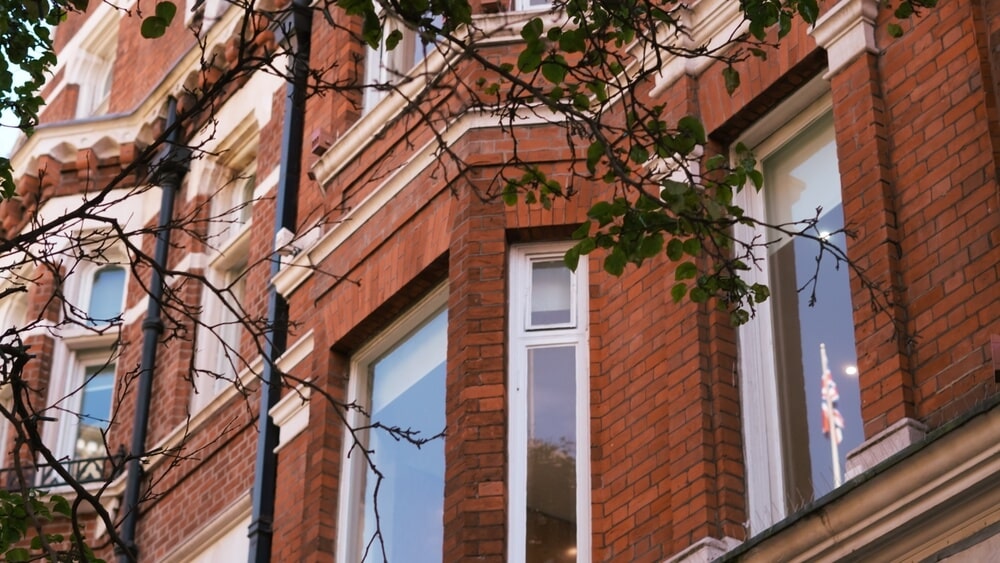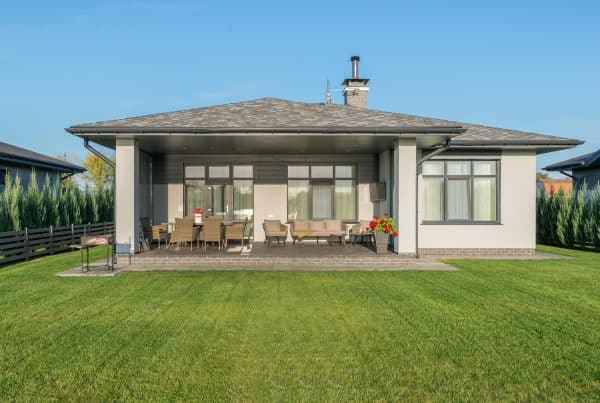Renting a heritage building appeals to different kinds of people than modern homes. These architectural masterpieces have a great historical background and provide character and nostalgia.
However, along with their beauty, come some difficulties. Renting one of these buildings is more complicated than a regular rental. This starts with knowing the rules that control heritage properties to the upkeep duties you will be faced with.
Whether your interests are in fine woodwork, vintage fittings, or just the prestige of living in a historical site, you should be ready.
One of the often-overlooked aspects is the end of tenancy cleaning, which can be more involved in these properties due to their age and specific preservation needs.
Let’s start with the most important information you should know before signing that lease and inhabiting your ideal heritage building!
Guidelines for Heritage Building
Tight rules around heritage buildings are set to maintain their architectural and historical worth.
From basic repairs to more significant alterations like window replacement or system updates, these rules can control what changes the property can have.
Although some renters would find this restricting, it’s important to understand that these guidelines are meant to safeguard the special qualities of the building.
Ask the landlord about any current limitations before renting a heritage house. You want to avoid being caught off guard when you learn you cannot make certain modifications without permission first.
It’s also important to know whether as a tenant you are liable for some repairs or restorations. Sometimes landlords could demand tenants to pay for some of the upkeep of the property. Therefore, it is advisable to have everything clear in writing to avoid later conflicts.
The rules also cover how you treat the property while you are tenants. Original material preservation, such as wood flooring, plaster walls, or stained glass, can be difficult.
End-of-tenancy cleaning calls for specialist services to guarantee that everything is left in the best possible shape, without endangering the heritage aspects.
Maintenance and Repairs
Heritage properties often require more maintenance than modern buildings. This can call for handling temperamental plumbing, antiquated heating systems, or leaky windows.
If you are a renter, you could be in charge of either overall wear and tear or lease-based repairs. Though, with historical elements, it’s crucial to separate what is a regular maintenance concern from what is the landlord’s obligation.
Especially concerning major repairs, ensure your rental agreement clearly states who is liable for what.
If the home has original wooden flooring, for example, you would be expected to exercise great caution not to harm it. Regular cleaning will have to be exercised more gently to prevent scratching or wearing down materials that are no longer replaceable.
Regarding the end of tenancy, you should be informed of the state the property requires to be left in. The value of the property will make many heritage building landlords more demanding.
Usually, the best approach to guarantee you satisfy these standards is to hire a professional end-of-tenancy cleaning service. These services guarantee that the property is left immaculate and can help you prevent possible expensive damage by being experienced in dealing with older materials.
Costs of Renting in a Heritage Building
Not only because of the building’s charm, but also because of the extra maintenance expenses involved, renting a heritage home can often cost more than a conventional flat.
Heritage buildings could result in more heating or cooling costs as they are often less energy efficient. Older insulation techniques, original fixtures, and single-glazed windows explain this.
Apart from that, the special qualities of the building and its appealing location could encourage landlords to charge extra rent.
You can also have more expenses at the end of your lease. End-of-tenancy cleaning can be more costly in heritage buildings, particularly if you must call experts who know how to manage the delicate and historical features of the construction.
Moreover, as mentioned above, you can also be expected to help with the upkeep of the building throughout your stay. While some landlords include this in the rent, others ask renters to chip in.
Knowing all these possible expenses ahead of time will enable you to better allocate your money and prevent financial surprises when it’s time to move out.
Environmental Considerations
Older structures were not built with consideration of the contemporary environmental criteria.
Consequently, the effect of a heritage house on your carbon footprint is one of the key issues of interest while renting it. This implies you have to spend more energy to keep the structure cool in summer or warm in winter.
Furthermore, if you care about the environment, you should be aware that regulations related to heritage preservation can limit your ability to make green improvements to the property. This includes installations like solar panels or energy-efficient windows.
These features have historical integrity, hence modern improvements meant to change the look of the structure are usually not approved.
Despite these challenges, there are ways to live sustainably in a heritage building. Simple steps like investing in thermal curtains, changing light bulbs to energy-efficient models, or utilising draught excluders help in cutting energy use.
Furthermore, making sure your end-of-tenancy cleaning service uses eco-friendly materials will help you remain green and protect the state of the home.
End-of-Tenancy Cleaning
The condition of the property when your lease expires is one of the most important factors to take into account while renting a historical building.
Cleaning in such structures at end-of-tenancy can be more difficult than in a modern flat. Many times, landlords want the house back in perfect shape as any damage to historical elements could lead to expensive repairs.
Tending to a heritage home is about preserving the integrity of antique fixtures, original timber flooring, or delicate mouldings, and not only about neatness. Older materials can be damaged by overly strong standard cleaning chemicals.
Your best bet here is professional end of tenancy cleaning services with an eye for heritage buildings. They ensure everything in these houses is left in its best possible shape.
Although hiring a cleaning service seems like an additional cost, it will help you avoid paying for repairs or replacements out of your deposit.
These services also ensure that if your landlord is dissatisfied with the state of the property, the cleaning firm will return to handle any problems. This guarantees you are fulfilling all responsibilities and provides you with peace of mind.
The Benefits of Renting a Heritage Building
Living in a historically significant house could give you a sense of pride and belonging.
Many times, the architectural features of these buildings are impossible to replicate in contemporary construction. From towering ceilings and historic fireplaces to complex mouldings and big, sash windows, heritage homes have a charm and character you just cannot find anywhere.
Furthermore, heritage buildings are typically seen in good locations such as city centres, cultural sites, or scenic parks. This provides you with access to some of the top sites, blending contemporary conveniences with architectural appeal.
In these places, the feeling of community is sometimes stronger since local councils and neighbours cooperate to protect the heritage of the construction.
At last, for those who enjoy a house with a narrative, leasing a heritage building provides a distinctive way of life.
You are part of the continuous history of a property, not only by living in it, but also by helping to preserve it for the next generations.
Although the additional care needed could appear taxing, the benefits of living in such a unique environment are priceless.
Renting a heritage building has its own unique charm, offering history, character, and distinctive architecture that modern properties just can’t replicate.
However, it also comes with responsibilities that require careful consideration. Understanding the guidelines for maintaining and preserving such property is key to enjoying this type of rental to its fullest.








